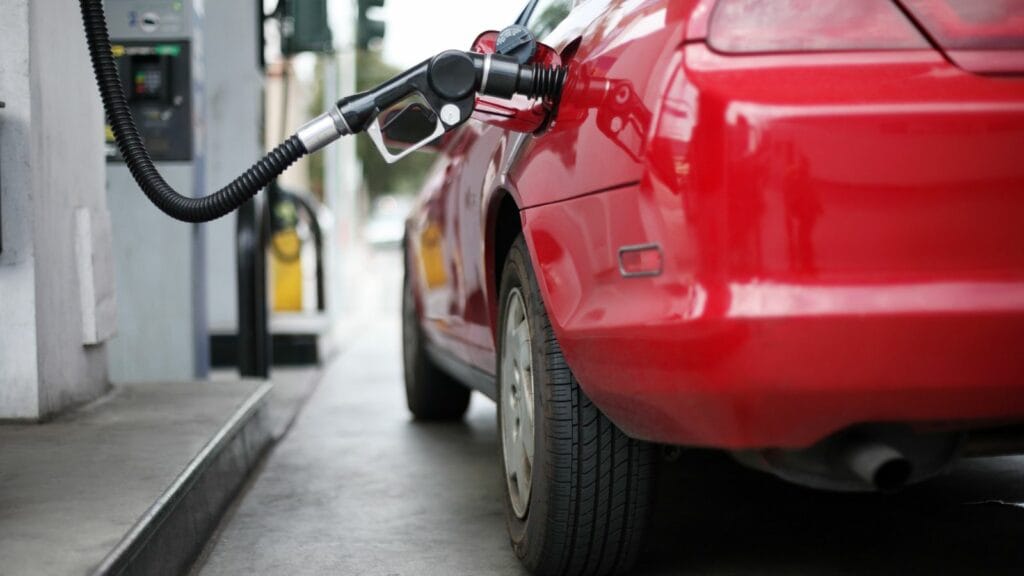Many people accuse electric vehicles of being compromised. And in many ways, they are. But so, too, are gas cars. We have lived with internal combustion for so long that some of its strangest flaws now feel normal, even though they are hilariously dangerous when you stop and think about them. One of the most obvious examples is the way cars handle when the driver is not giving any input at all.
The Problem With Creep
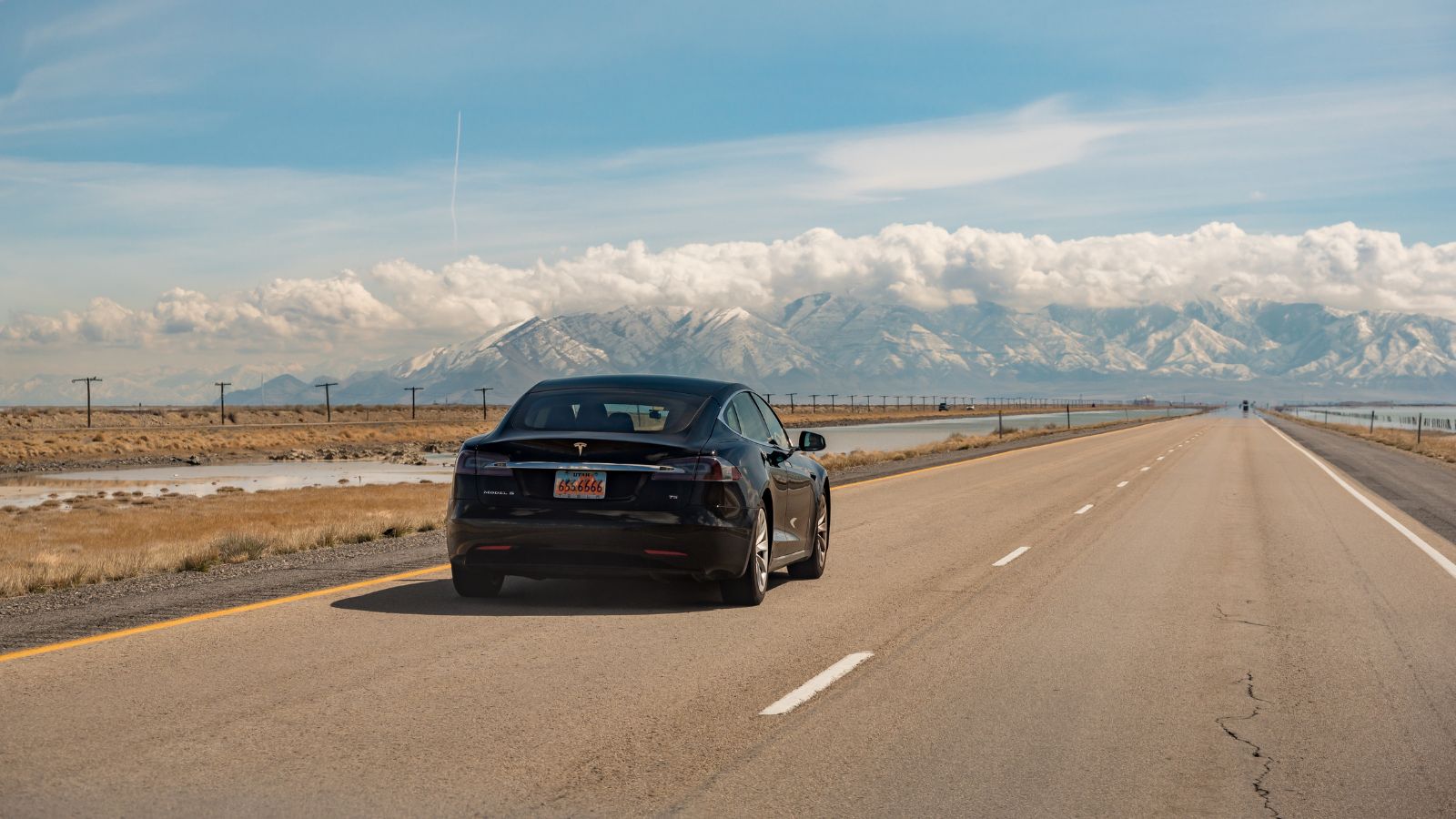
Imagine you are designing a machine that weighs anywhere from three thousand to six thousand pounds. It is going to be operated by untrained consumers in every kind of condition, from crowded parking lots to icy intersections. What should that machine do if, while it is being operated, the person at the controls suddenly passes out, suffers a medical emergency, or simply lets go of the controls? The logical and safe answer is obvious. It should stop.
Vehicle Behaviour

Thats not what happens in most gas powered cars. Because of the quirks of the automatic transmission, the industry settled on something called “creep.” When you put the car in drive and release the brake, the car will roll forward at one to five miles per hour even if you are not pressing the accelerator. This behavior is not just a curiosity. It is an accepted norm that has caused countless parking lot fender benders, injuries, and close calls.
How We Got Stuck With It
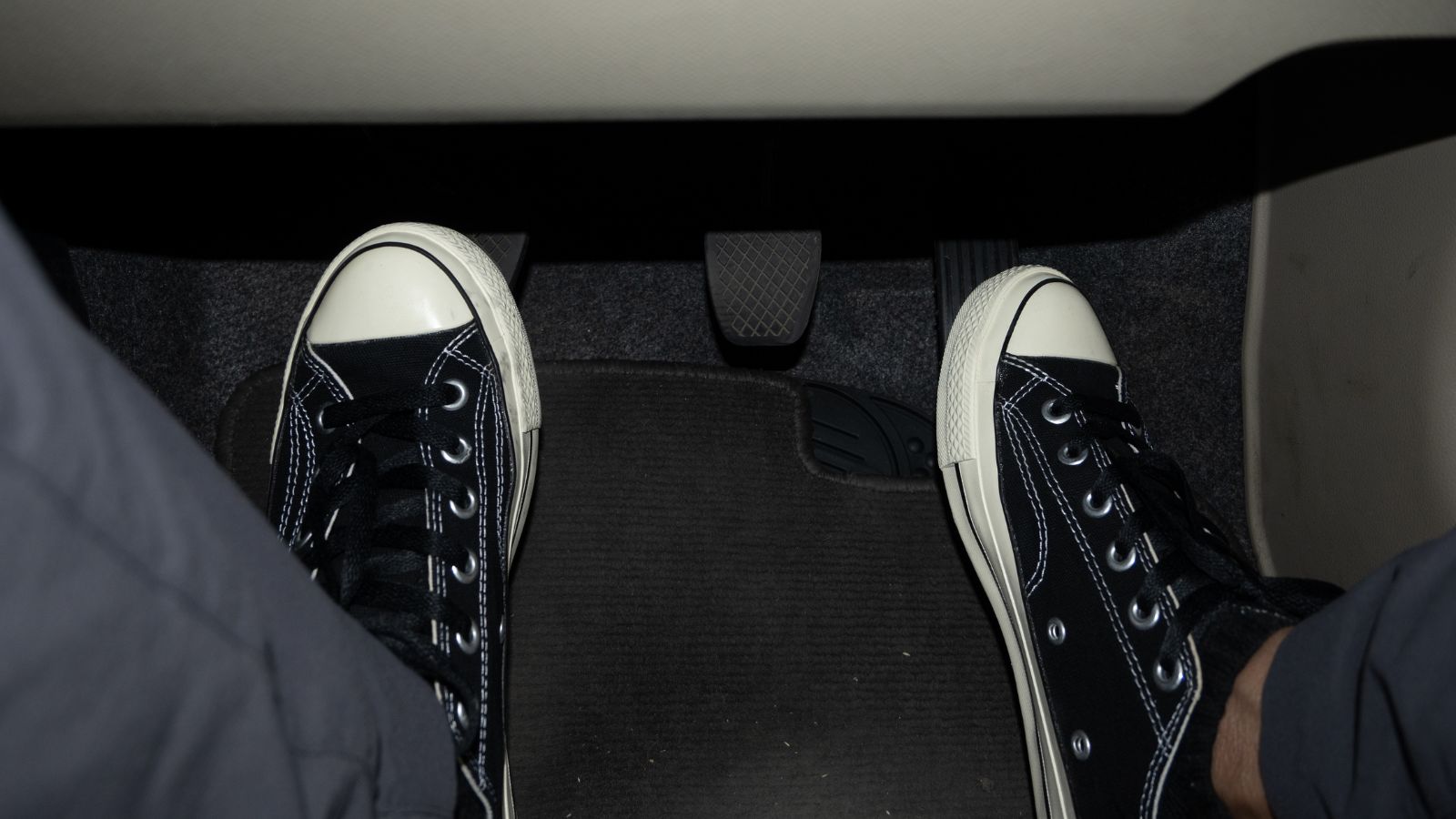
Creep was never really designed as a safety feature. It was an artifact of early automatic transmissions that needed a way to keep fluid pressure and gear engagement consistent. Once drivers got used to it, manufacturers kept it. Over time, it became so ingrained in driving culture that people came to expect it. Ask most drivers today and they will tell you it feels strange when a car does not creep forward at a stoplight. What started as a mechanical quirk evolved into an entire habit of human behavior.
EVs Could Have Changed It
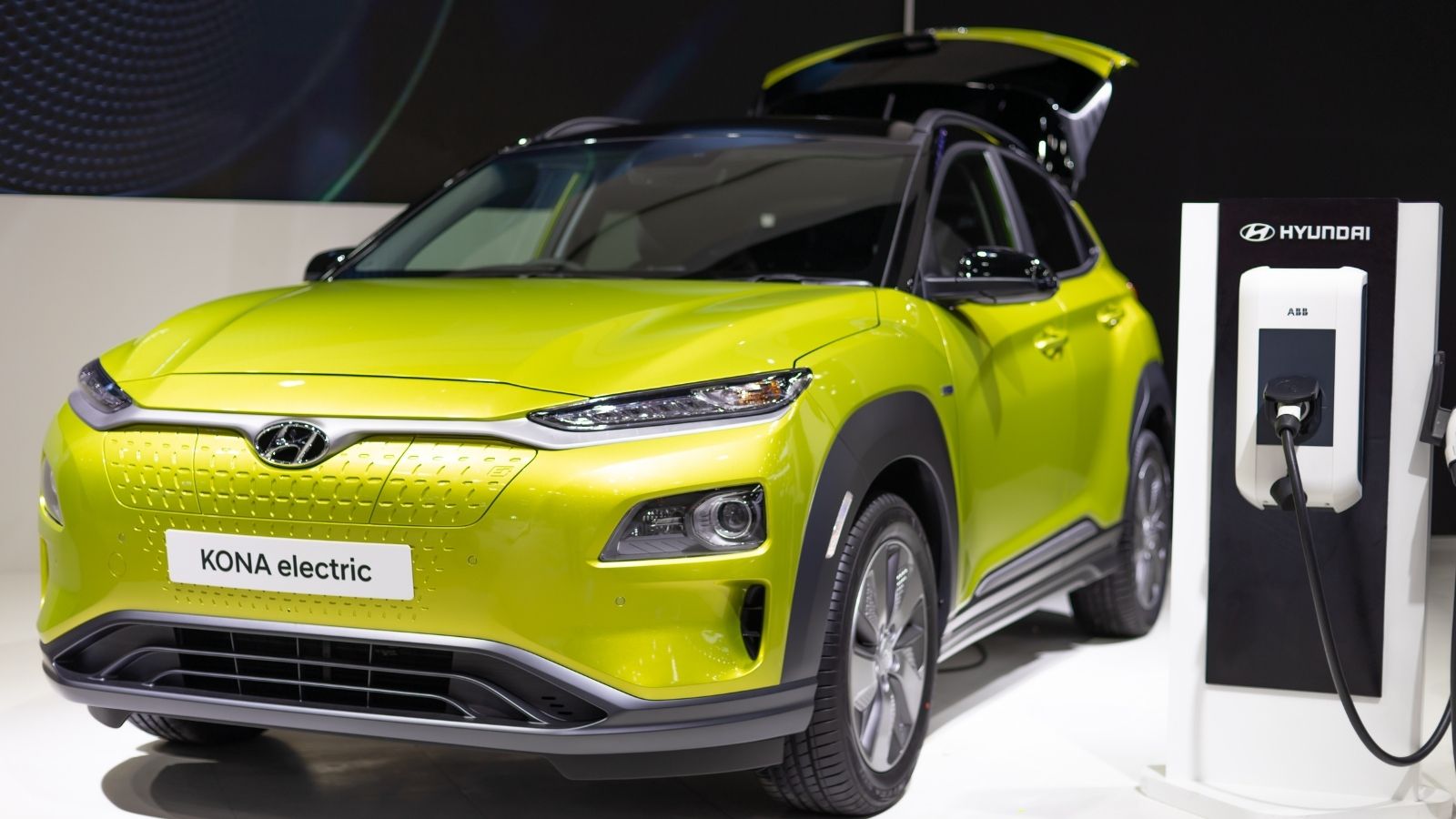
Electric vehicles, free from the quirks of torque converters and transmission fluid, could have abandoned creep altogether. In fact, many early EVs defaulted to staying still unless you pressed the accelerator. That is the logical outcome. A car should only move when the driver commands it. And yet, many EV manufacturers chose to add creep back in by software. Why? Because consumers said they wanted their EVs to feel like the gas cars they were used to. Instead of breaking away from the old compromise, automakers decided to keep the illusion alive.
Where Creep Becomes Most Dangerous
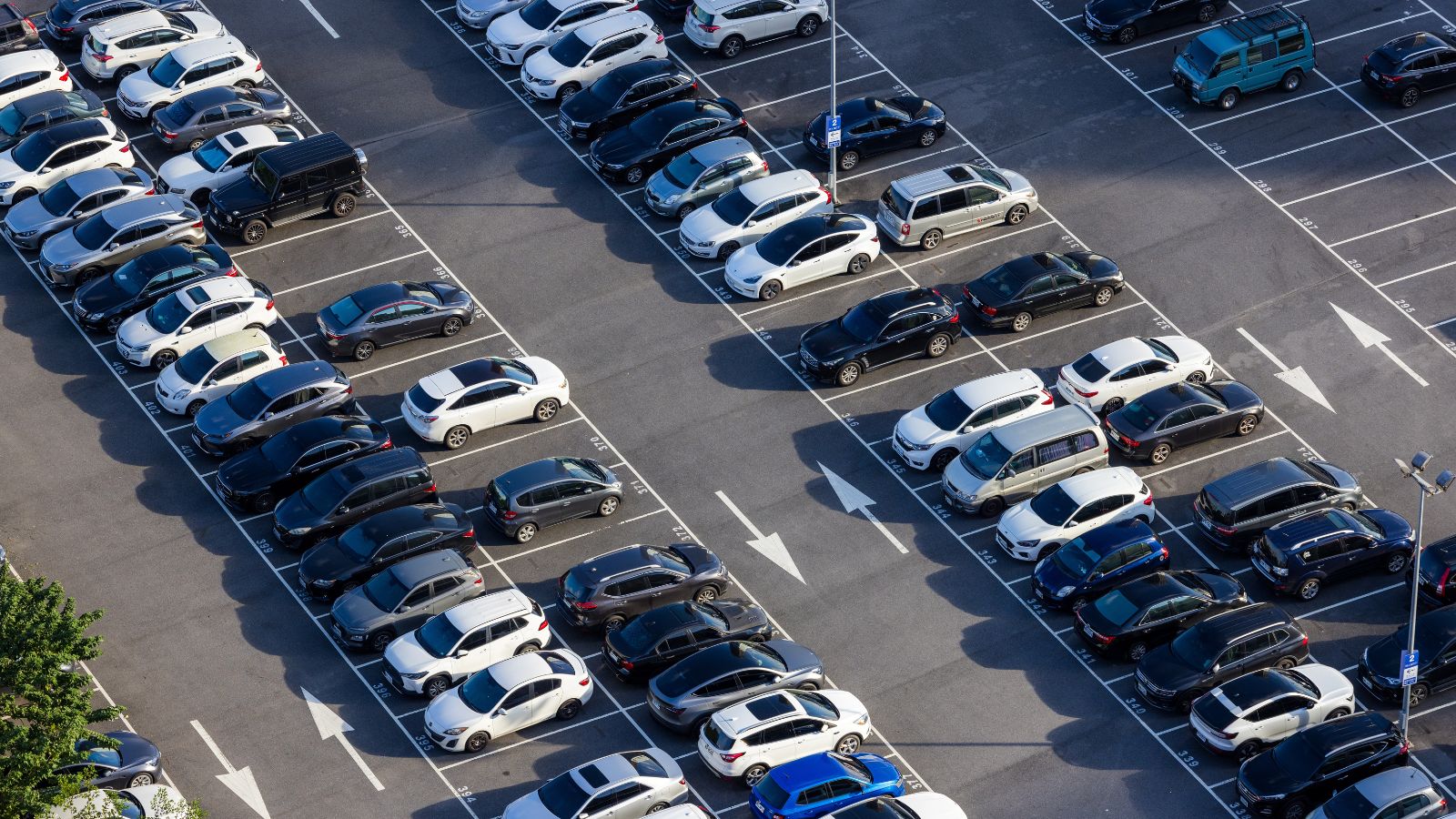
On the surface, creep seems harmless. What’s the problem with a car inching forward at one to five miles per hour? But think about where creep happens most often. In crowded parking lots, at busy intersections, and in front of crosswalks. These are precisely the places where unintended movement is most dangerous. A distracted driver, or someone fumbling with their phone, can easily bump another car or worse, a pedestrian, simply because the car refuses to stay put on its own.
Parking garages are another example. A vehicle that inches forward without driver input can surprise someone walking between parked cars or rolling a cart. Even in driveways, creep has been linked to accidents involving children or pets, often with tragic results. While the speeds seem low, the consequences are very real.
Why Drivers Defend It
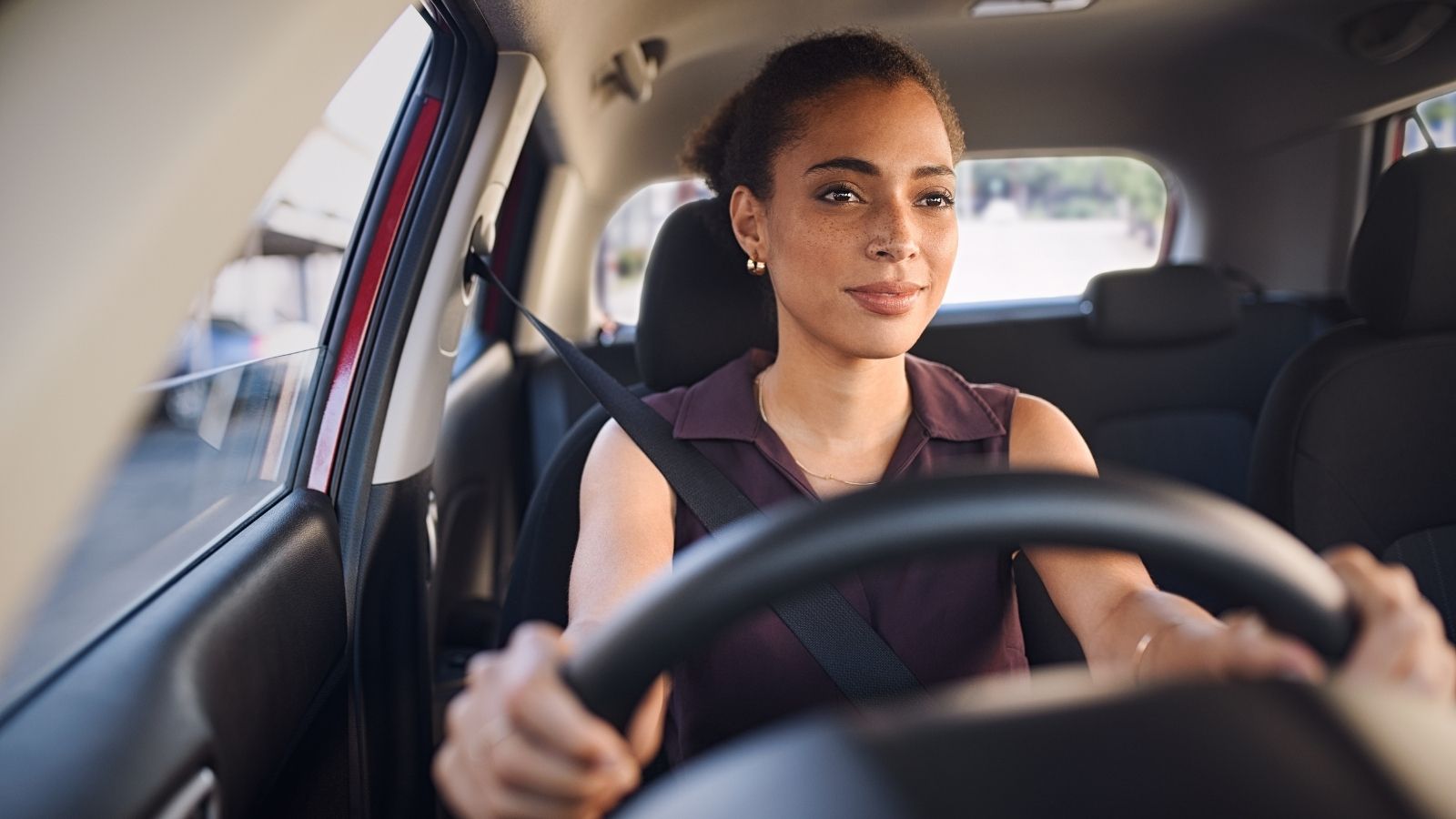
Despite its flaws, many drivers defend creep. They argue it makes stop and go traffic easier, or that it helps when maneuvering slowly into a parking spot. In reality, these are conveniences, not necessities. The real reason people cling to creep is habit. They grew up with it, learned to drive with it, and associate the sensation with normal car behavior. Automakers know that changing something so ingrained risks alienating buyers, so they often leave it untouched.
Safer Alternatives Are Already Here
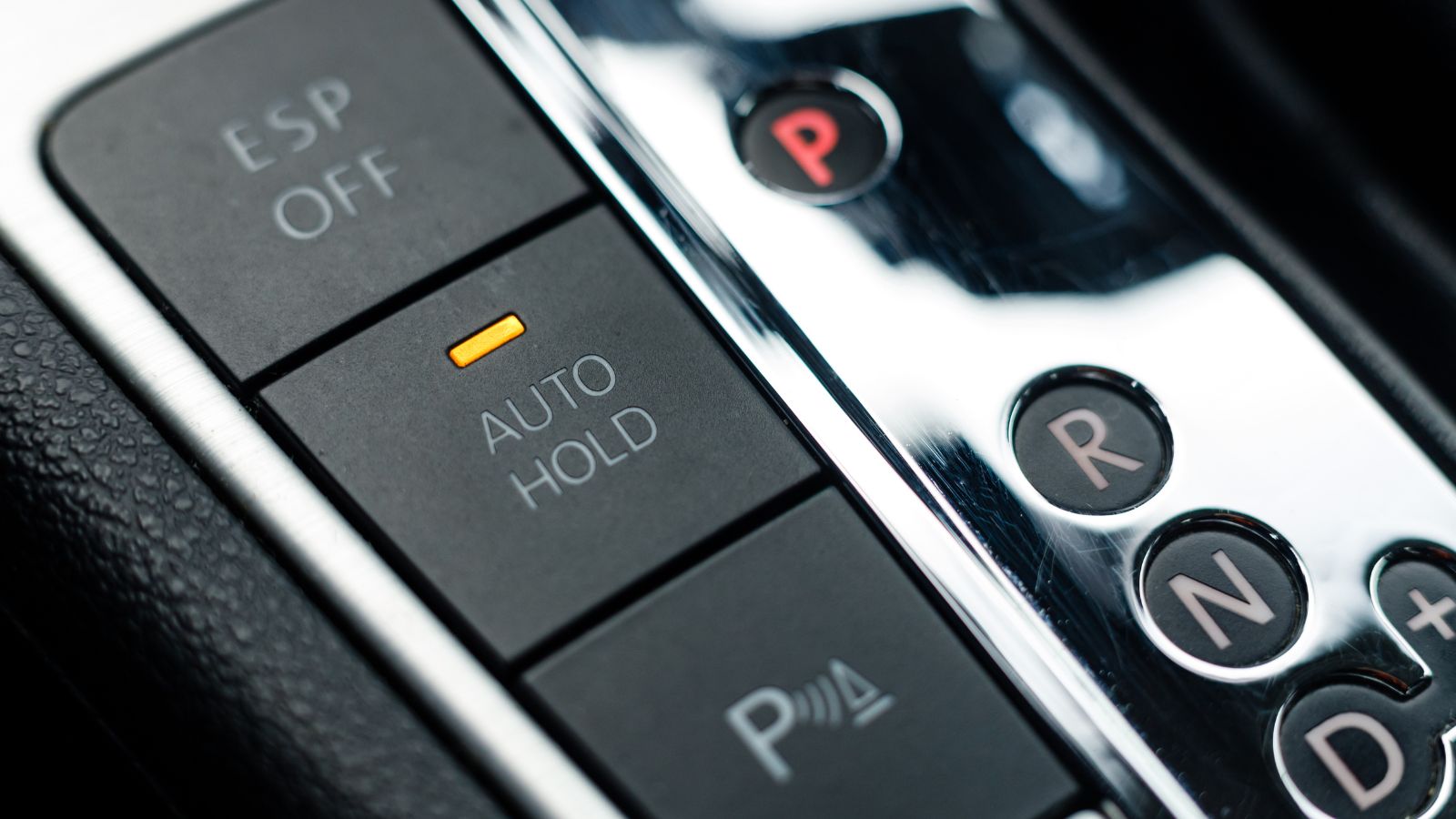
Modern EVs already have the ability to solve this. They can be programmed to hold position until told otherwise. Some cars even include “hold mode” settings that eliminate creep, using regenerative braking to bring the vehicle to a complete stop and keep it there until the driver requests motion. This is the future we should be heading toward, one where cars only move when drivers deliberately command them to.
This shift does not just eliminate a hazard. It also provides efficiency gains. With hold mode and regenerative braking, EVs can save energy and reduce wear on brakes. It is an example of safety and efficiency working together. The fact that creep still exists in so many models shows how difficult it is for automakers to change consumer habits, even when the change is obviously safer.
What Automakers Could Learn
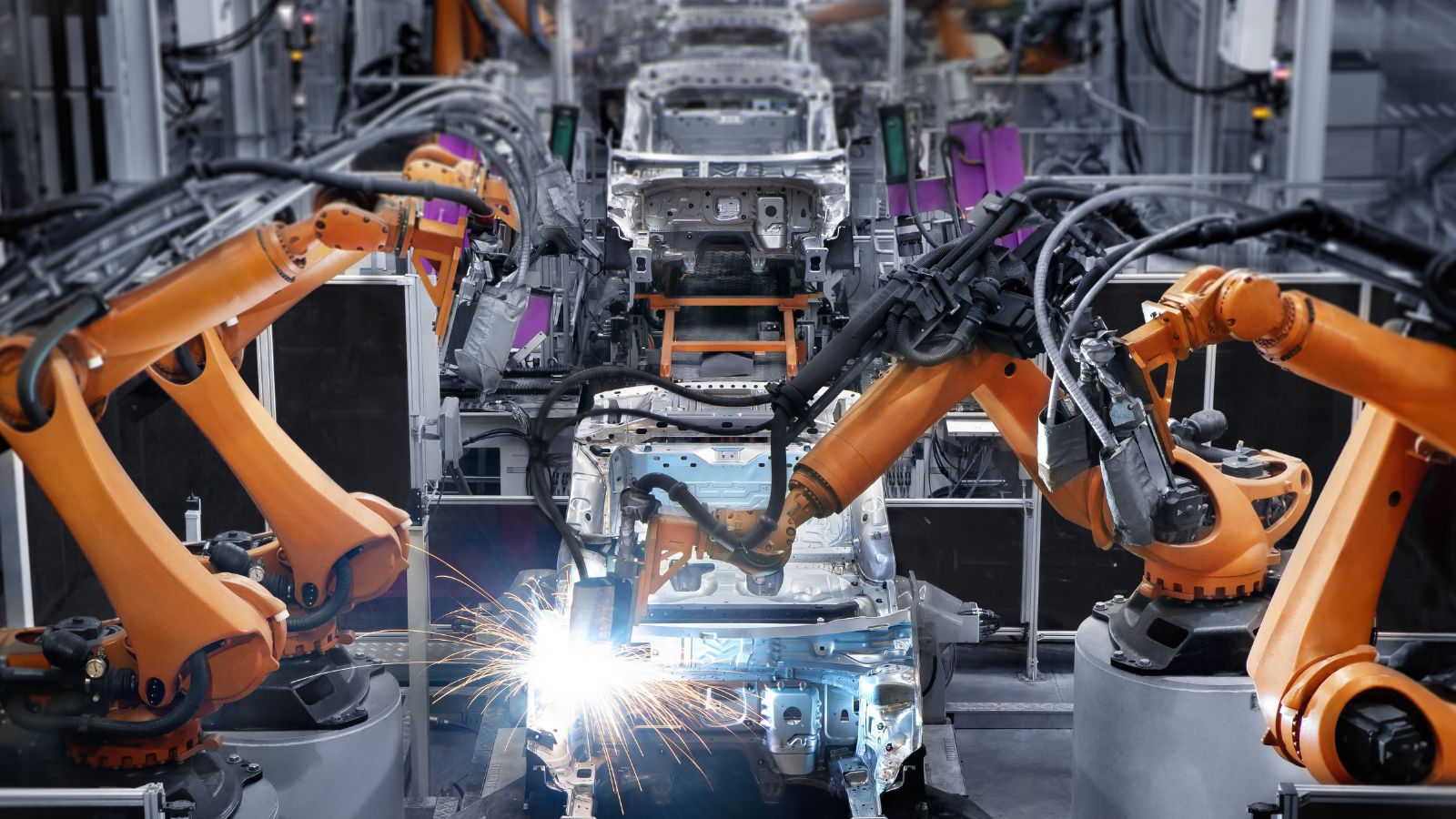
The persistence of creep highlights a bigger issue in automotive design. Car companies often prioritize familiarity over logic. Instead of asking what is safest, they ask what will feel most comfortable for a customer used to old habits. The industry’s unwillingness to make bold changes means compromises that were once necessary are still baked into modern designs, even when the technology to do better already exists.
A Common Sense Future
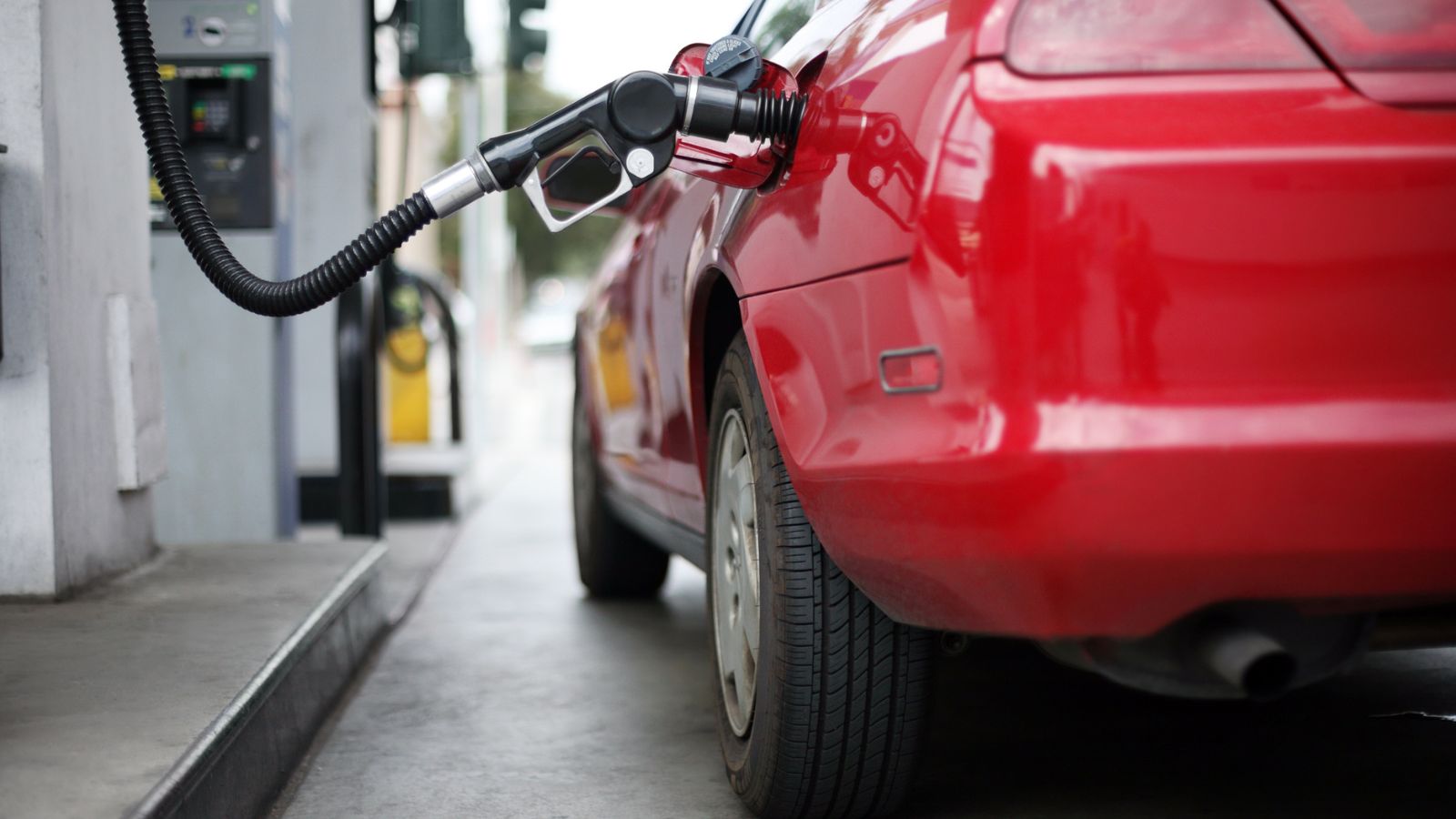
Gas cars had to live with creep by necessity. Automatic transmissions made it a built in compromise that we all simply accepted. Electric vehicles did not need to inherit that flaw, but many of them did anyway, simply because drivers thought it felt familiar. It is a reminder that the auto industry often prioritizes customer comfort over safety logic. A two ton machine should not move without a driver’s conscious input. Yet here we are, still creeping forward. The question is whether we are willing to break from habit and embrace the safer alternative, or whether we will keep clinging to a compromise that should have been left behind with carburetors and cassette decks.
25 Facts About Car Loans That Most Drivers Don’t Realize

Car loans are one of the most common ways people fund car purchases. Like any other kind of loan, car loans can have certain features that can be regarded as an advantage or a disadvantage to the borrower. Understanding all essential facts about car loans and how they work to ensure that you get the best deal for your financial situation is essential. Here are 25 shocking facts about car loans that most drivers don’t realize:
25 Facts About Car Loans That Most Drivers Don’t Realize
